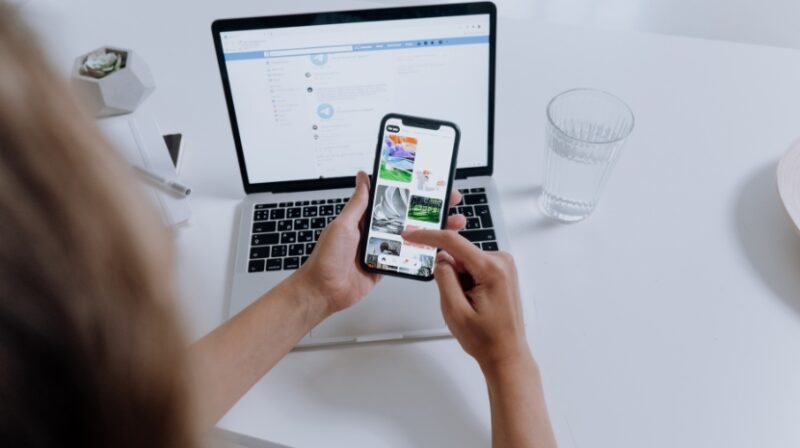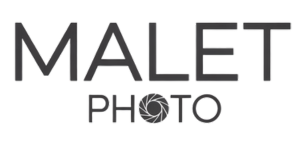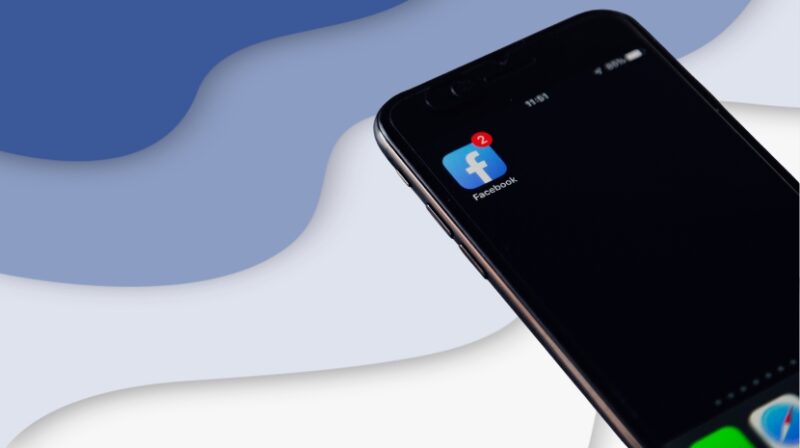If you have ever uploaded an event cover photo on Facebook only to find that half your text disappears on mobile or looks blurry on desktop, you are not alone.
Facebook quietly updates its layout and cropping rules every year, and by 2025, the perfect size is clear: 1920 × 1005 pixels.
That’s the magic number that keeps your image crisp, correctly cropped, and visually balanced across all devices.
Below, we’ll break down exactly why that size works, how Facebook treats event covers differently on desktop vs. mobile, and what design tricks make your event photo stand out.
Why the Right Size Matters

Your event photo is the first thing people notice. Whether it’s a concert, online webinar, or local fundraiser, that image has to sell the vibe in seconds.
But Facebook doesn’t show it the same way everywhere. On desktop, your full banner appears wide and cinematic. On mobile, it often zooms in or crops from the sides. If your logo or event date sits too close to an edge, it might vanish entirely.
That’s why the 1920 × 1005 px format (roughly a 1.91:1 aspect ratio) is the current sweet spot. It’s large enough to stay sharp, yet proportioned so Facebook doesn’t butcher it when switching between layouts.
Facebook Event Photo Dimensions (2025 Update)
Display Type
Recommended Size
Aspect Ratio
How It Displays
Desktop Event Page
1920 × 1005 px
1.91:1
Full-width view, minimal cropping
Mobile Event Page
1920 × 1005 px
1.91:1
Slight side cropping, zoomed center
News Feed Preview
~470 × 174 px
2.7:1 (cropped automatically)
Narrower, more compressed layout
Minimum Upload
1200 × 628 px
1.91:1
Acceptable, but not ideal for clarity
If you stick with 1920 × 1005 px, Facebook automatically resizes your image for smaller screens without losing sharpness.
How Cropping Works on Desktop vs. Mobile
On a desktop, Facebook shows your event photo in full. It fits the width of the event page while maintaining your chosen ratio.
But when people view it on mobile, Facebook zooms slightly into the center, meaning the outer 10% on each side can get cropped. Just like when you post full photos on Instagram without getting cropped, layout awareness matters if you want every detail visible across devices.
That’s why designers talk about the “safe zone.” Keep text, logos, and key visuals centered within the middle 80% of your image.
How to Design a Perfect Facebook Event Photo
1. Start With the Right Canvas
Open your design tool (Canva, Photoshop, or Figma) and create a canvas that’s 1920 × 1005 pixels. This ensures the proportions stay correct right from the start.
2. Keep Key Details in the Safe Zone
Center your event title, date, and logo. Leave breathing room on the sides. Avoid placing text too close to the edges; even 50 pixels of margin can make a difference when Facebook crops.
3. Choose the Right File Format
Make sure your image is in sRGB color mode, which Facebook uses for all displays.
4. Test Before You Publish
After uploading, preview your event on both desktop and mobile. Reposition the cover if needed. You can drag it slightly up or down to adjust the framing before saving.
Common Mistakes to Avoid
Mistake
Why It’s a Problem
Quick Fix
Uploading small images
Facebook stretches them, creating pixelation
Always start at 1920 × 1005 px
Text too close to edges
Cropped off on mobile
Center all critical info
Using a 16:9 format (1920 × 1080)
Extra height leads to trimming on mobile
Stick to 1a .91:1 ratio
Low contrast between text and background
Reduces readability
Add a semi-transparent overlay behind the text
These small errors can make a professional event look sloppy. And since Facebook compresses images on upload, starting with a higher-quality file helps preserve clarity.
Bonus Tip: Designing for Branding
@grphart📌 Facebook banner design 🎯 #FacebookBannerDesign #GraphicDesign #SocialMediaDesign #BannerDesign #DigitalMarketing #BusinessBranding #DesignTutorial #FacebookMarketing #CreativeDesign #SocialMediaBranding
If you host multiple events, keep visual consistency across all covers. Use a recurring color palette, font, or overlay style so users recognize your brand instantly.
Some creators even include subtle branded corners or gradient overlays to tie multiple events together. It’s a simple way to make your Facebook event page look intentional rather than thrown together.
Final Thoughts
In 2025, Facebook still doesn’t make image sizing straightforward, but if you design your event photo at 1920 × 1005 pixels, you’re already ahead of most users.
That single adjustment keeps your visuals professional, your text readable, and your event immediately recognizable on both desktop and mobile.
Take the extra minute to preview, adjust, and upload correctly. Your event deserves a cover that looks as good as the experience itself.

